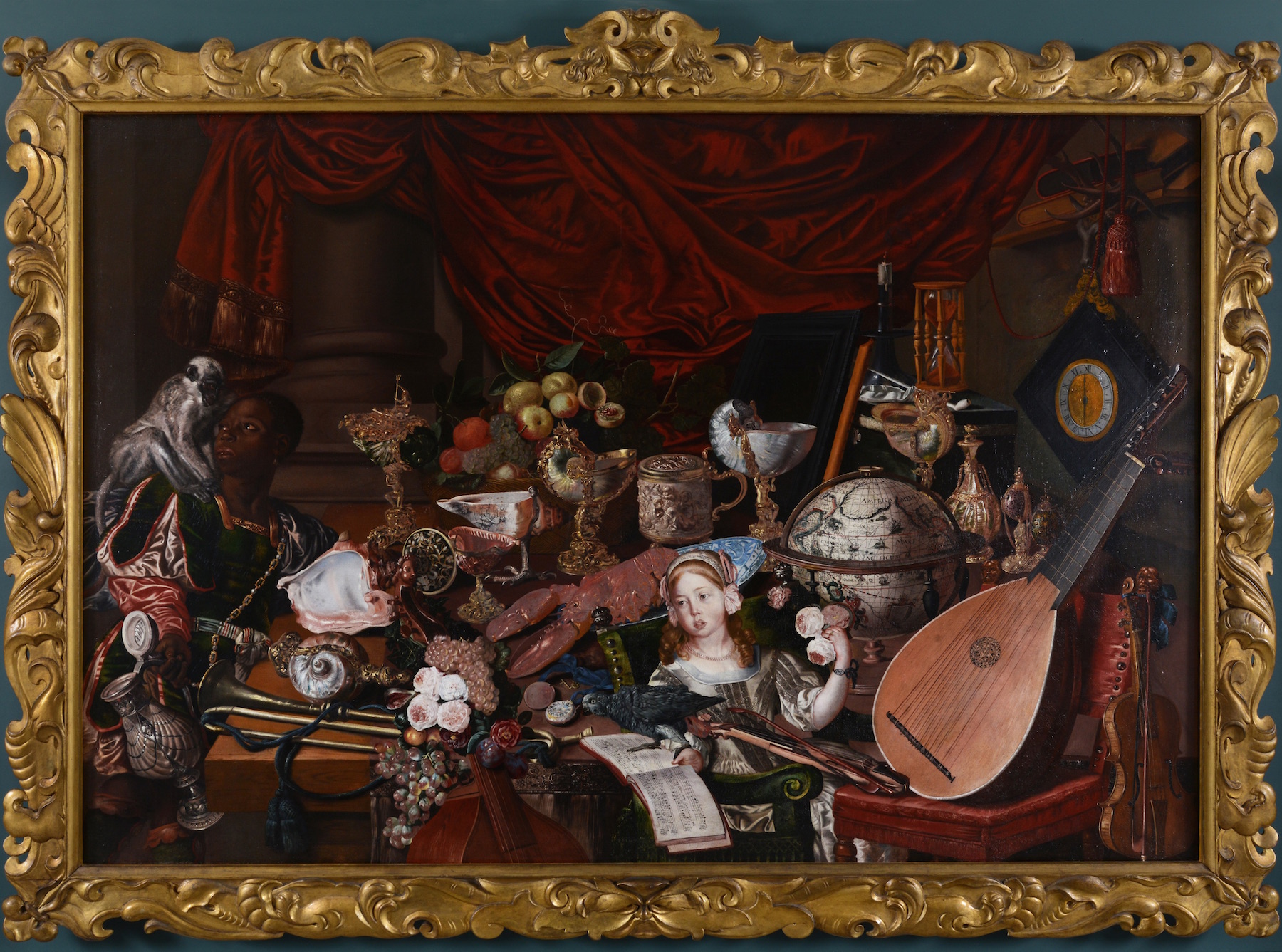16th Century Dutch Still Life Paintings
Nonetheless still life paintings managed to climb up the ladder in the 17 th century in a piece of land that thrived on maritime trade the netherlands.

16th century dutch still life paintings. The new dutch republic was the most prosperous nation in europe and led european trade science and art. While it was during this time that the still life gained recognition as a genre its roots date back to ancient times. The earliest known still life paintings were created by the egyptians in the 15th century.
This oil on canvas work from the 17th century the netherlands is a part of the classic works of art paintings of the 16th 20th century on auctionata. Dutch golden age painting is the painting of the dutch golden age a period in dutch history roughly spanning the 17th century during and after the later part of the eighty years war 15681648 for dutch independence. They have also been created at other times and in other media and genres.
Best known are vanitas still lifes a common genre in netherlandish art of the 16th and 17th centuries. In general the rise of still life painting in the northern and spanish netherlands reflects the increasing urbanization of dutch and flemish society which brought with it an emphasis on the home and personal possessions commerce trade learningall the aspects and diversions of everyday life. Overview paintings depicting aspects of the natural world were so characteristic of the netherlands that during the seventeenth century the dutch words stilleven and landschap were adopted into english as still life and landscape before the mid 1600s though the dutch themselves usually referred to pictures by their individual subjects such as breakfast piece or winter snow scene.
The term still life is derived from the dutch word stilleven which gained prominence during the 16th century. Early still life paintings particularly before 1700 often contained religious and allegorical symbolism relating to the objects depicted. The northern netherlandish provinces that made up the new state.
The netherlands had only recently become a political entity and was still suffering from the effects of a long and arduous war against spain. The emergence of the dutch school of painting in the early seventeenth century is one of the most extraordinary phenomena in the history of the visual arts. Dutch golden age painting followed many of the tendencies that dominated baroque art in other parts of europe such as caravaggesque and naturalism but was the leader in developing the subjects of still life landscape and genre painting.
Just like all other dutch golden age paintings stillevens were known for their close resemblance to reality paintings that fool the eyes. A vanitas is a symbolic work of art showing the transience of life the futility of pleasure and the certainty of death often contrasting symbols of wealth and symbols of ephemerality and death.



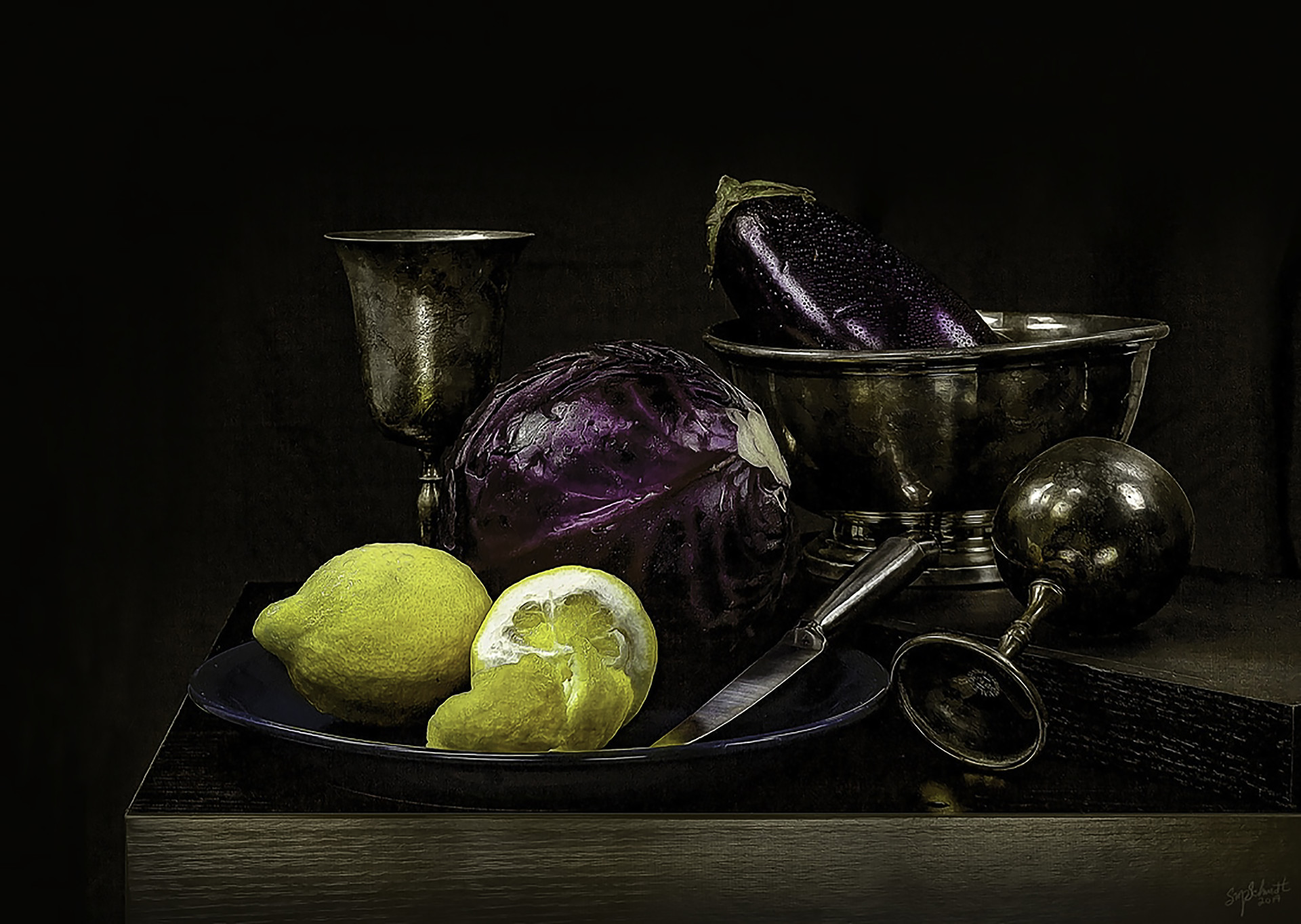

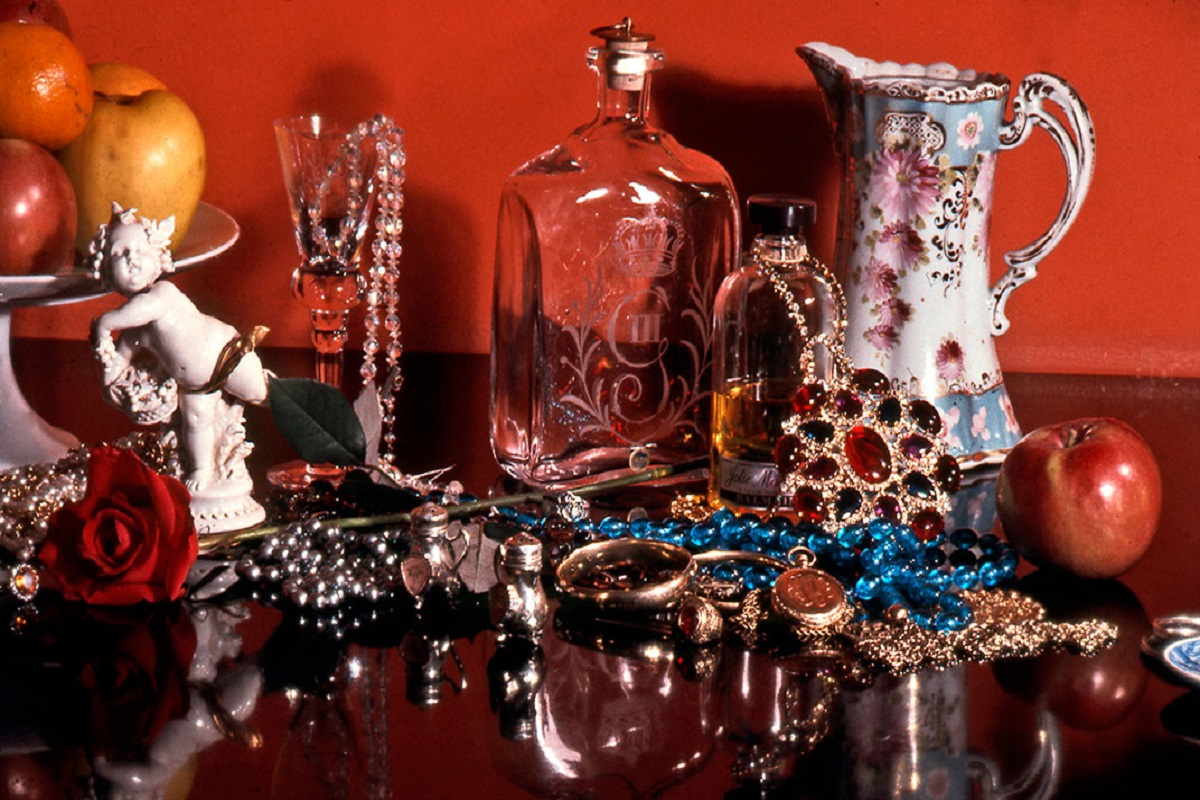
















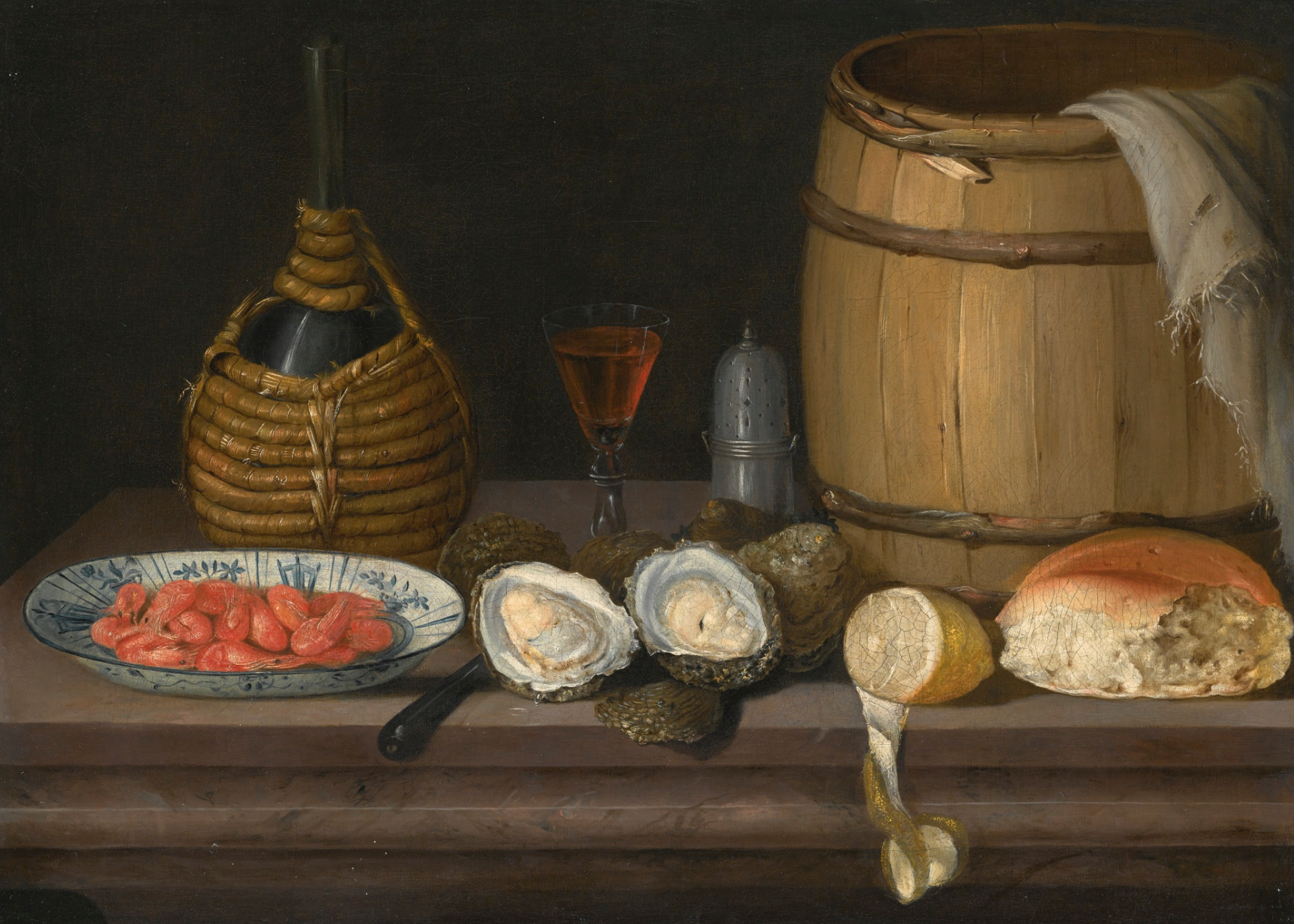

/vanity-still-life-917739080-5b79e8ec4cedfd002527e1e6.jpg)
/still-life-with-pastry-and-pitcher-56466468-58d72f2b5f9b584683255cc5.jpg)


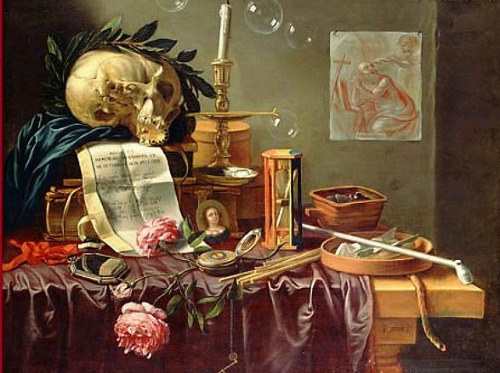
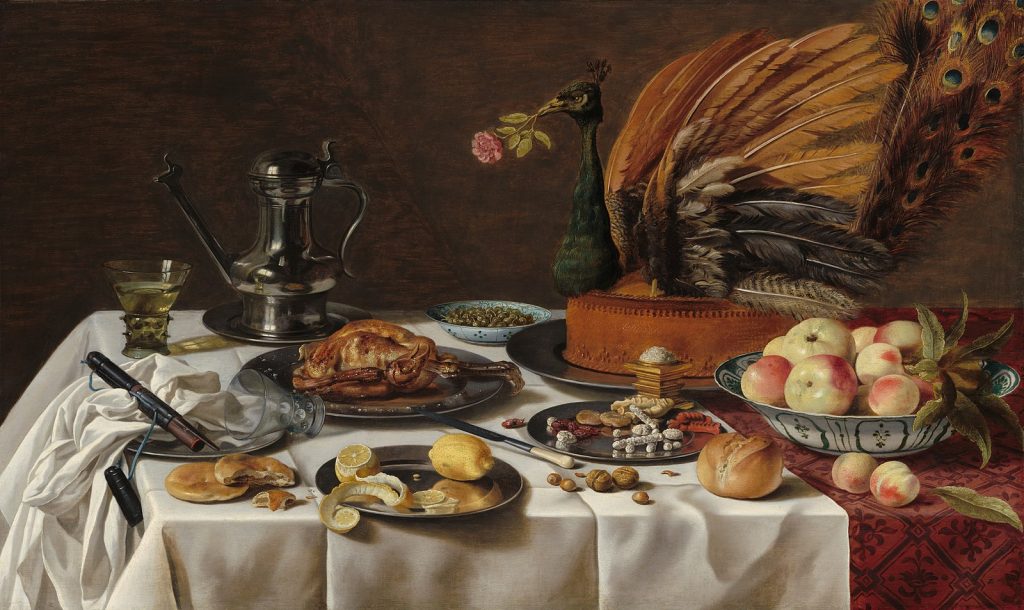

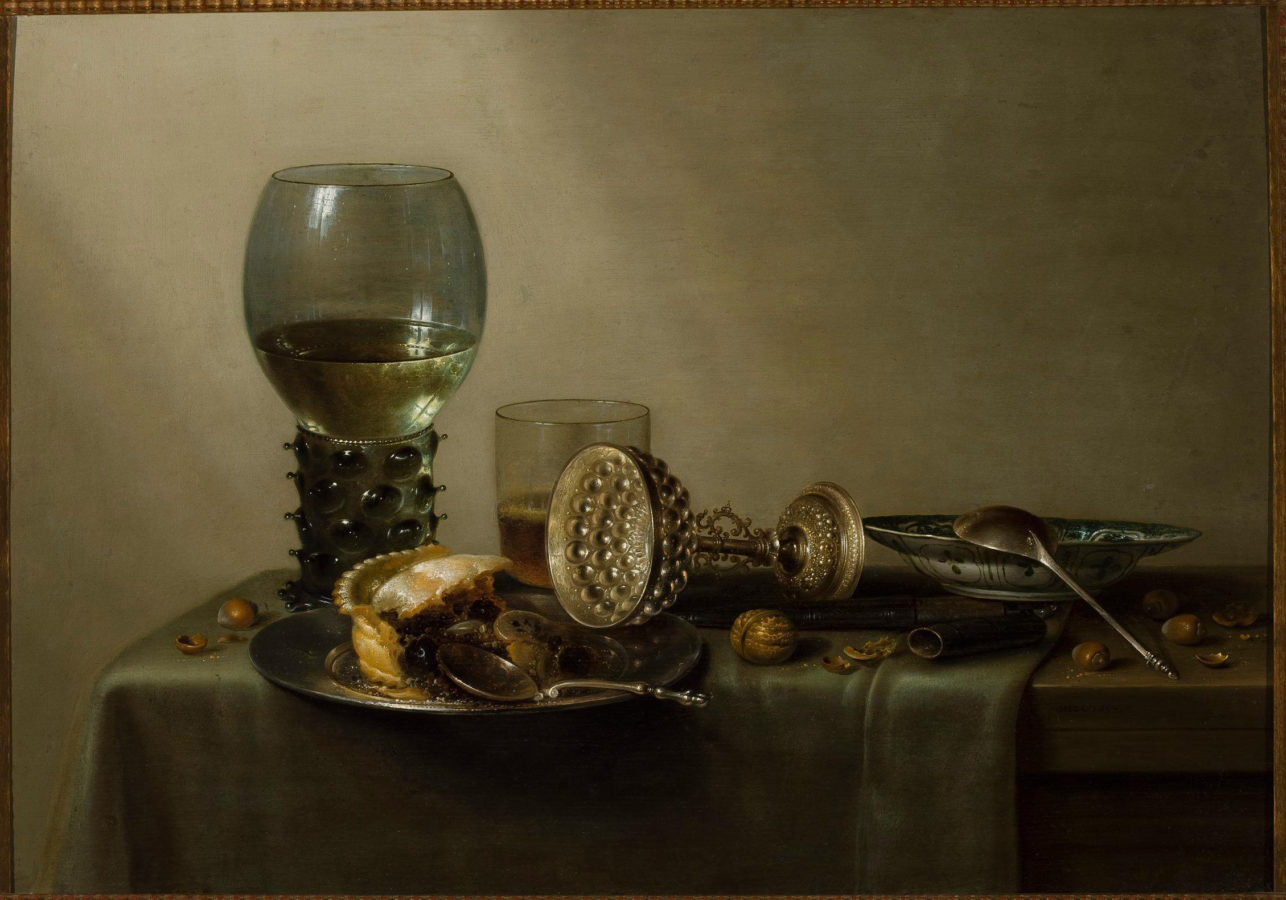
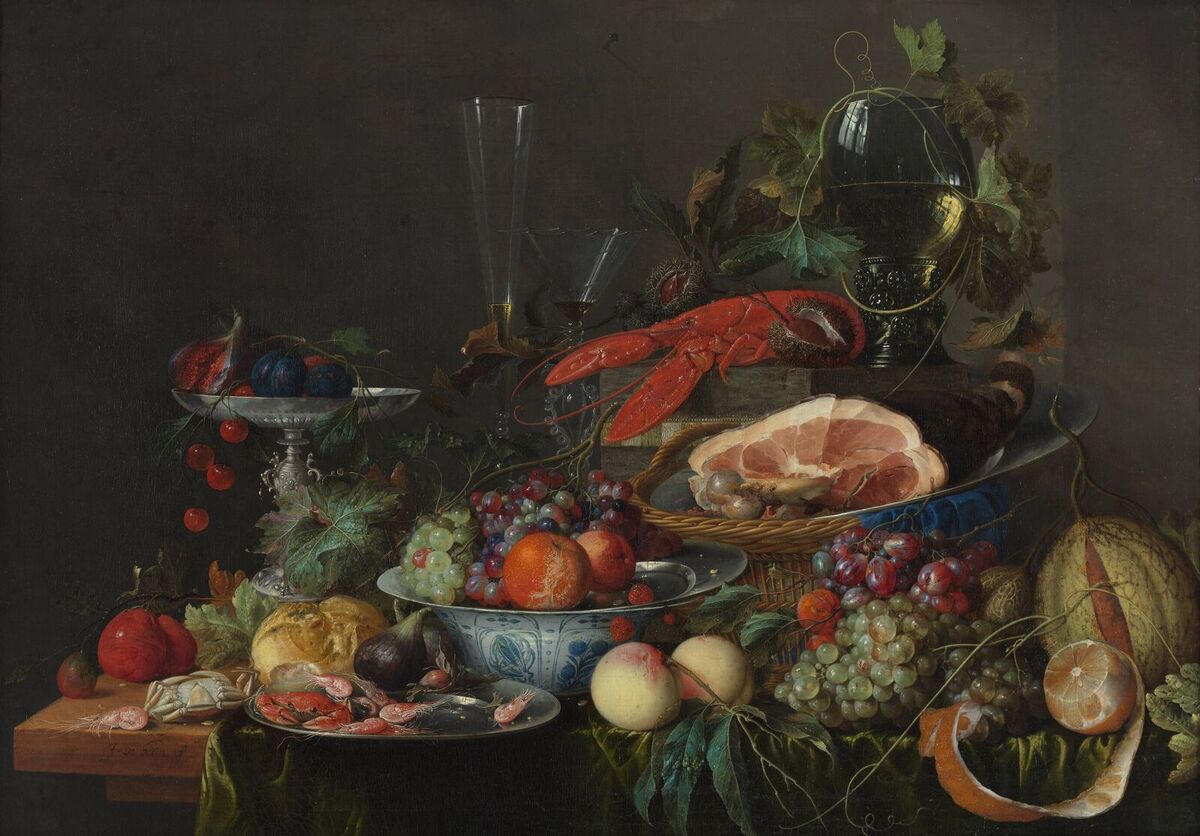

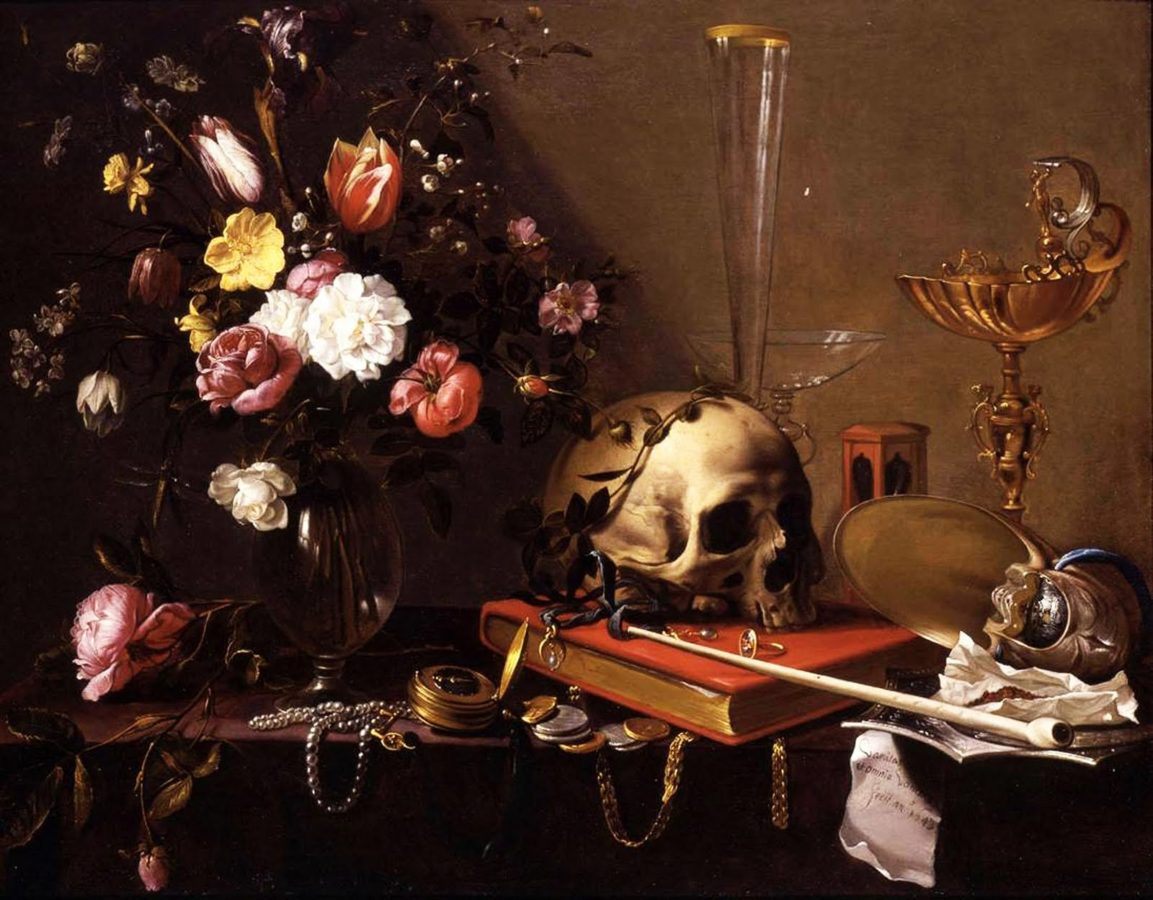



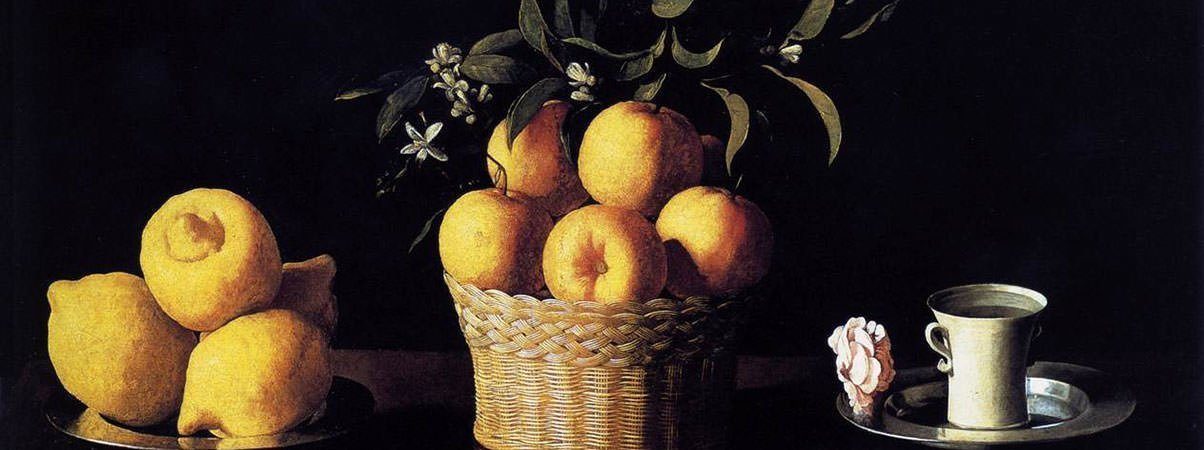
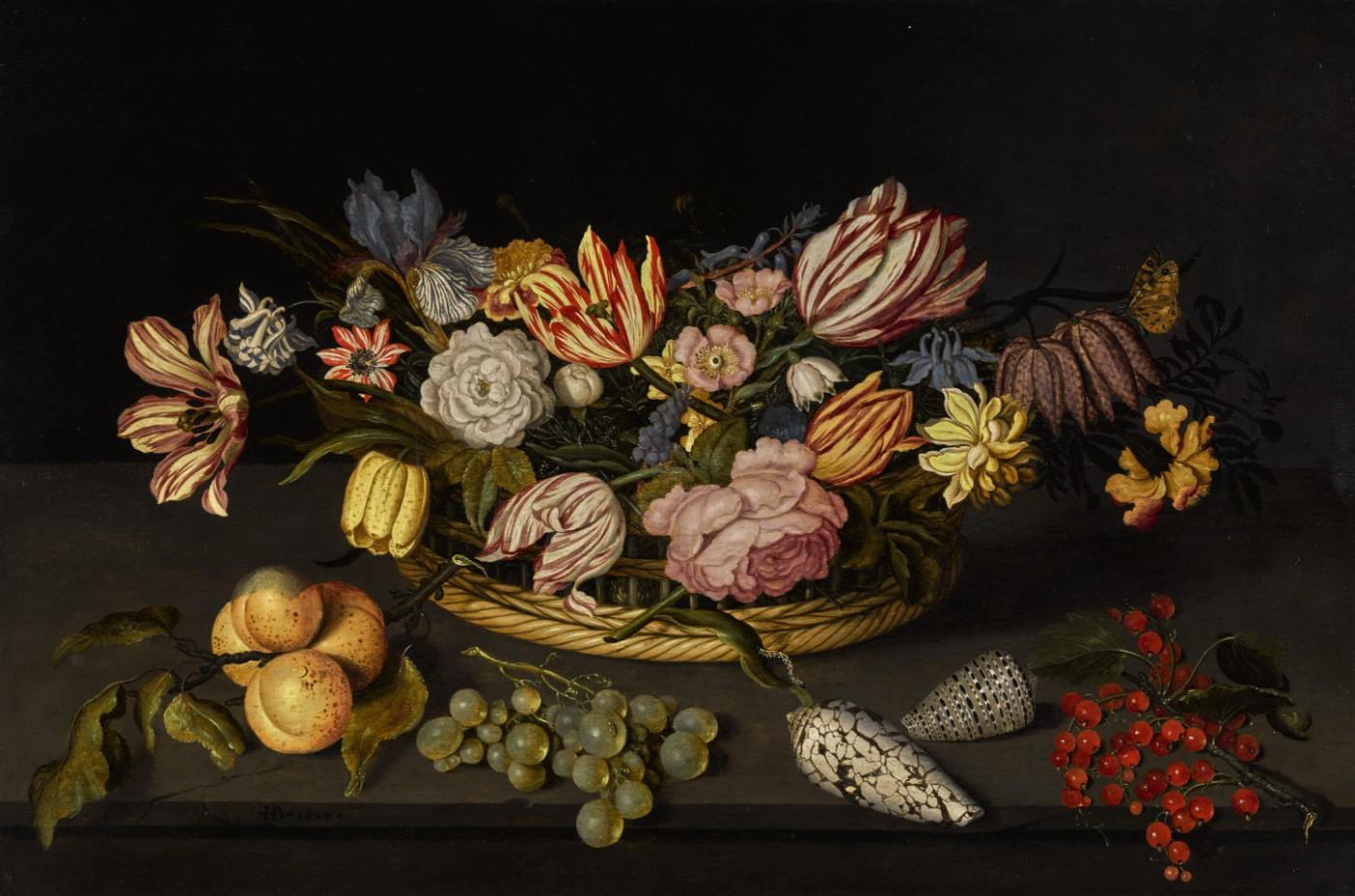







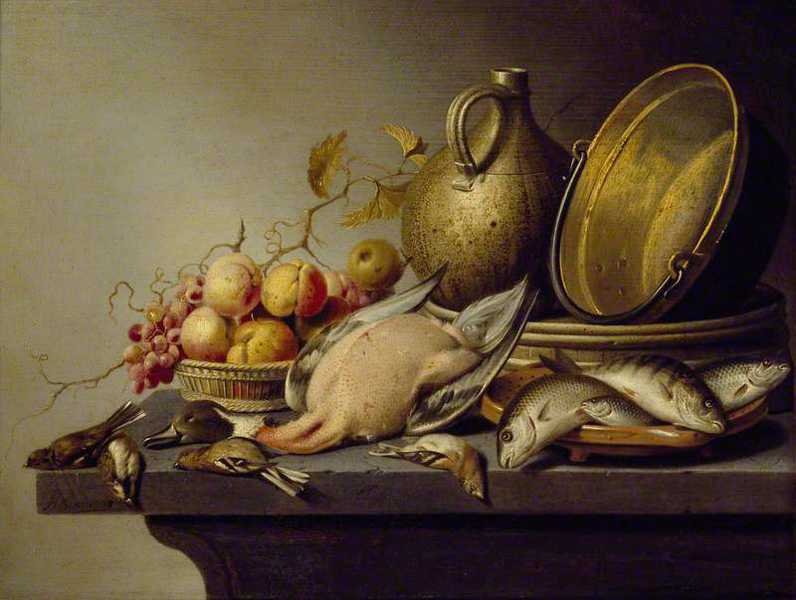
:max_bytes(150000):strip_icc()/GettyImages-185741254-595d5e005f9b58843f66f7d0.jpg)

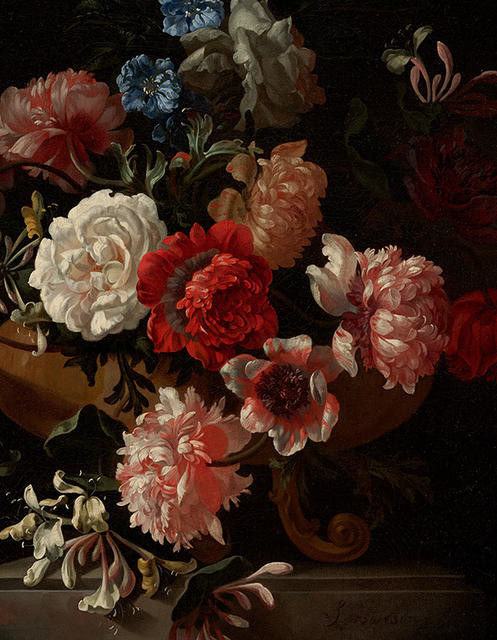
:max_bytes(150000):strip_icc()/fruit-and-insects-by-rachel-ruysch-541248220-58d7294c5f9b58468315c42a.jpg)






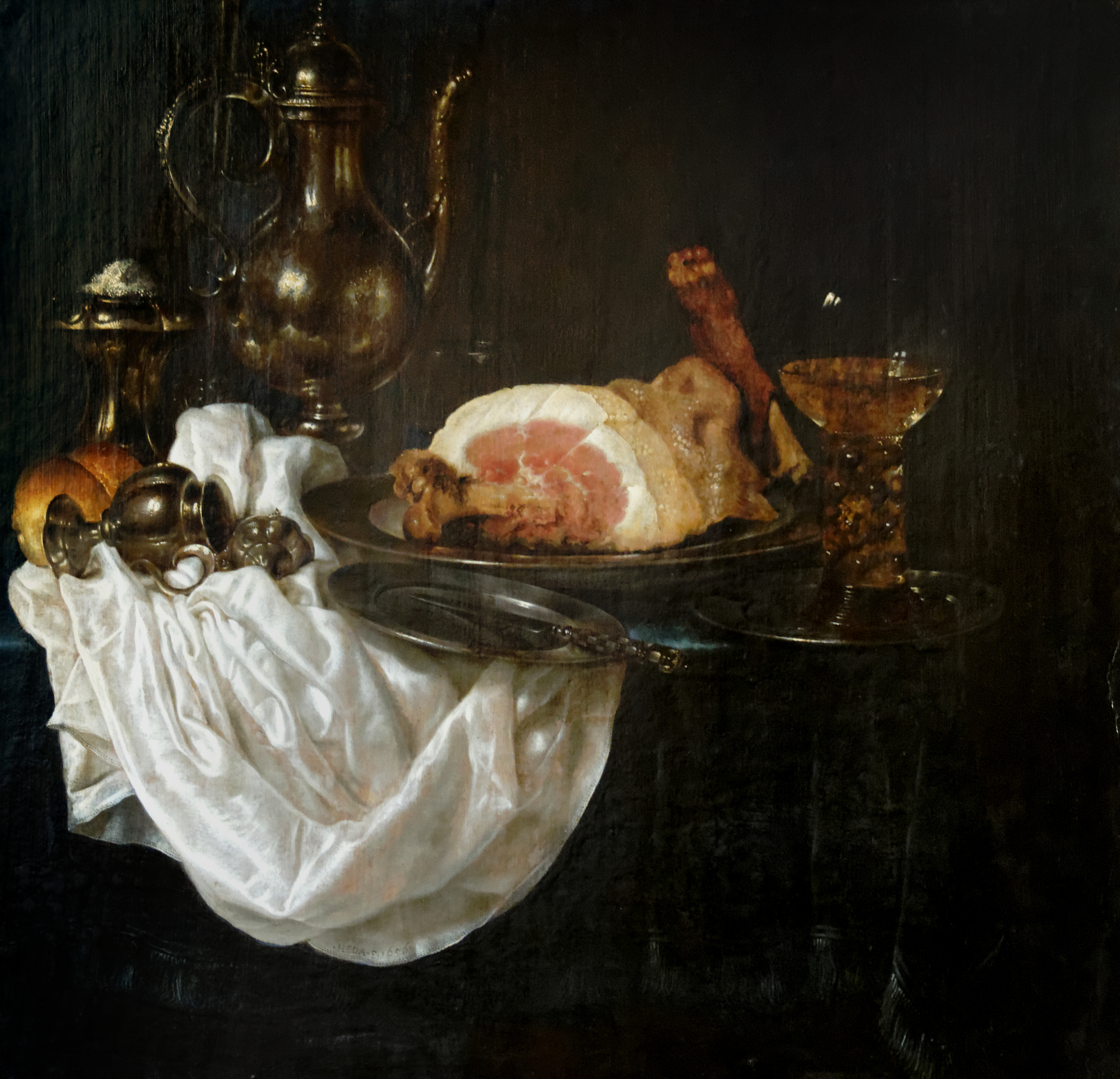



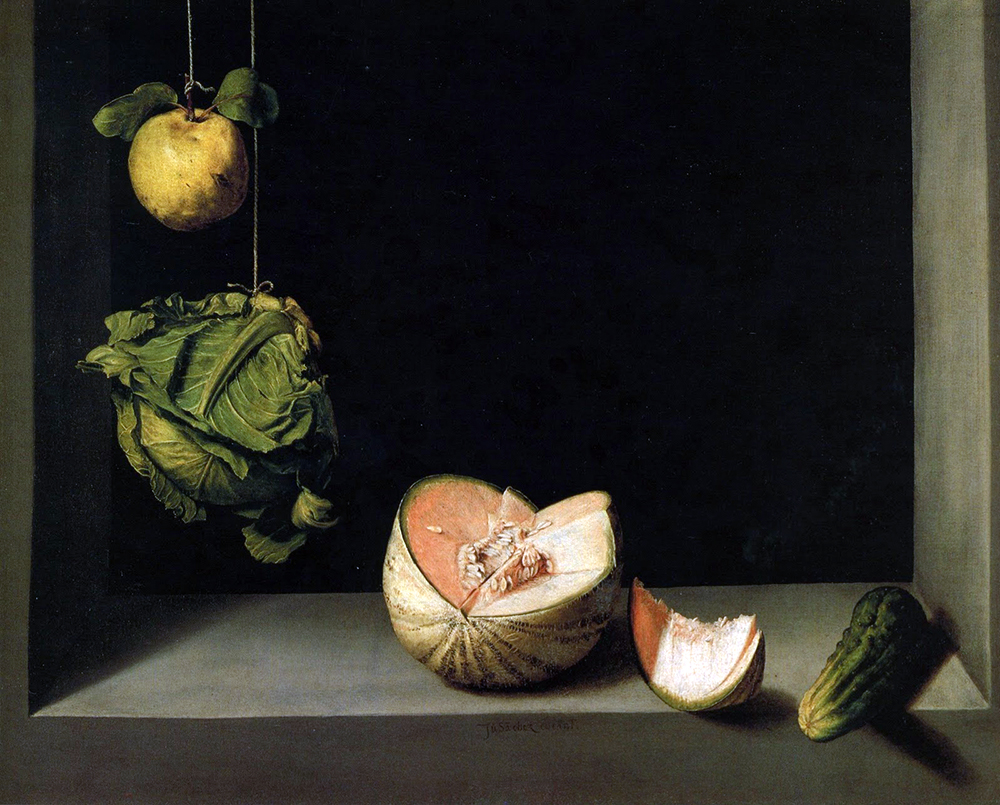










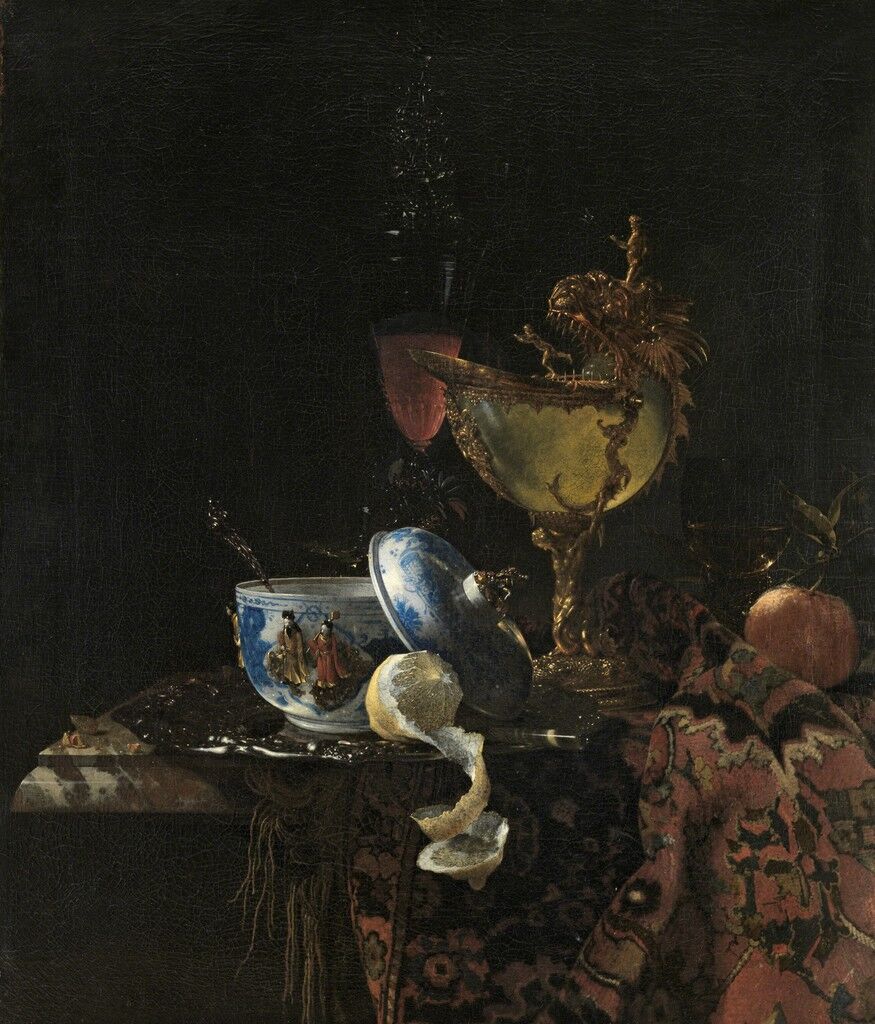






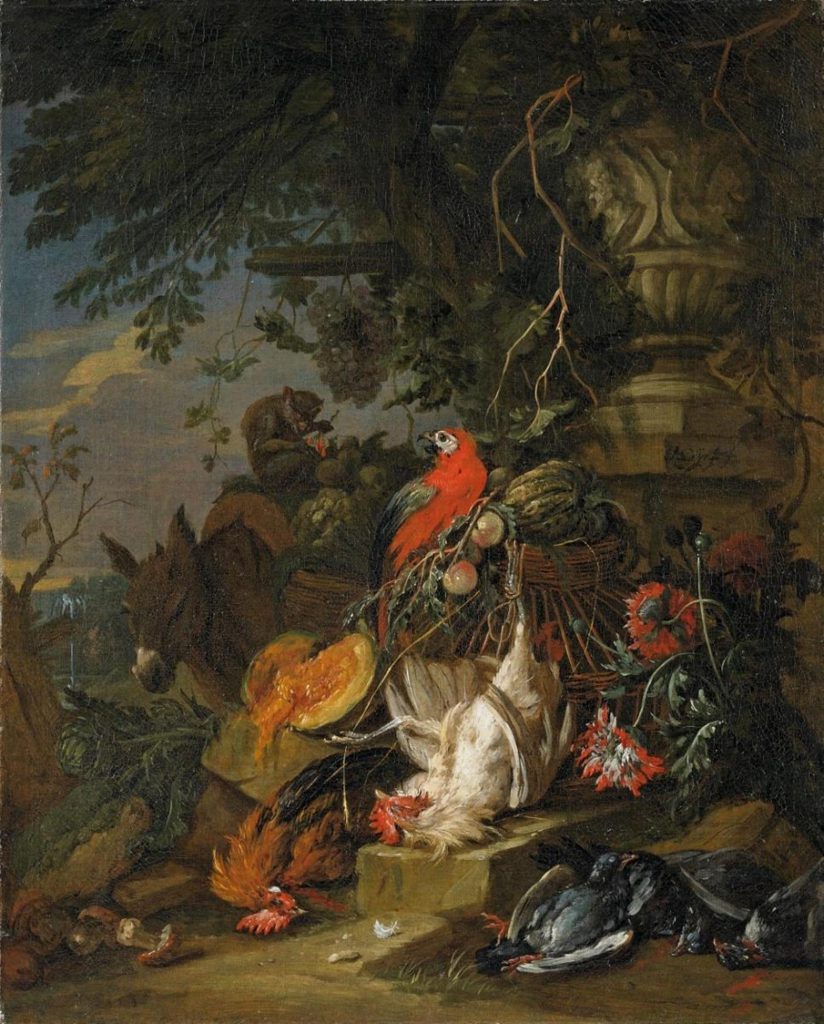




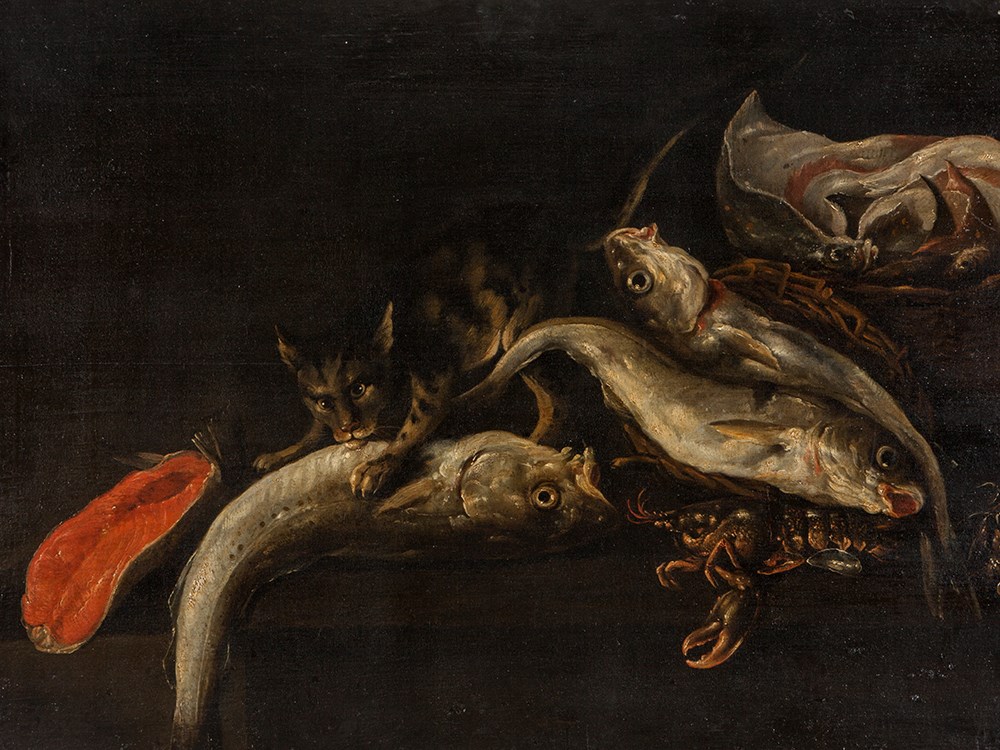
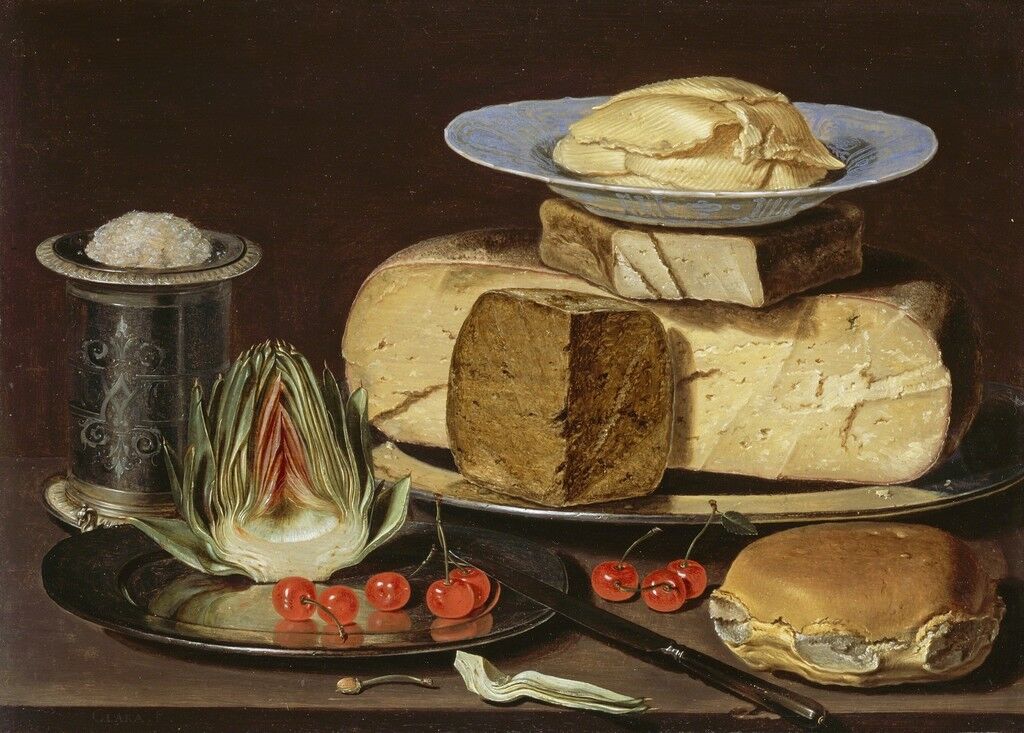
.jpg)








